I am trying to use OpenCV to add an image onto another.
I want to be able to combine this:
and this:
(note the circle has a transparent background) to create this:
Unfortunately, all of the solutions I've found online just give me this:
I've looked at at least 10 different on this sight solutions but I cannot find a working one.
Please advise. Thanks!




